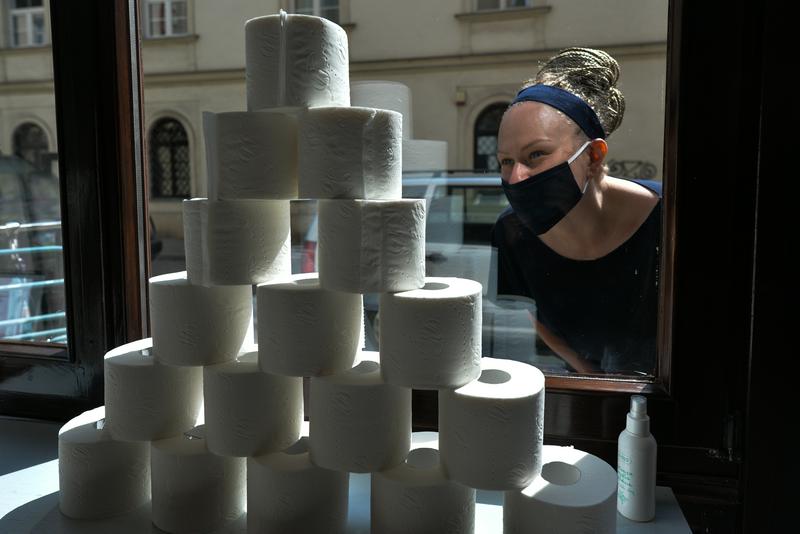Things You Never Knew Were Invented In New York City
By | June 27, 2022

New York City is often hailed as the greatest city in the world, but did you know it's also home to some pretty great inventions, too?
Toilet Paper
In 1857, the world became a much better place thanks to Joseph C. Gayetty and his wonderful invention of "Medicated Paper, for the Water-Closet," which were rolled sheets of hemp paper softened with aloe. It was the first time toilet paper, at it came to be known, was ever commercially sold or packaged. Before this, people often made do with whatever paper product they had lying around, like old newspapers or magazines, and before that, they used corncobs, rags, leaves, or a sponge on a stick. It's truly a wonder Gayetty's birthday isn't a global holiday.

Credit Cards
Though the concept of credit is centuries old, possibly stretching all the way back to Ancient Mesopotamia, the actual first credit cards were issued by Biggins Bank after owner John Biggins came up with the concept of the "Charg-It" card in 1946 for the convenience of his clients. Businesses on only two blocks of New York City even accepted the card, but the concept grew in popularity over the following decades, and by 1958, American Express debuted its own plastic version of the credit card.
Cell Phones
While the technology for cell phones was in the works since the 1940s, the first official cell phone call was made by Motorola engineer Martin Cooper on April 3, 1973 in New York City. Standing in front of a pay phone on Sixth Avenue, he called Bell Labs in New Jersey on a blocky cell phone that weighed a mighty 2.5 lbs. The first conversation wasn't recorded, but it mostly involved asking "Can you hear me?" just as countless cell phone users did in the decades to come.

The Tuxedo
Ever the fashion staple of black tie affairs, the tuxedo made its debut in 1865 in Tuxedo Park, where the Prince of Wales, Edward VII, decided to wear a black dinner jacket rather than the traditional coat-tailed ensemble. This modern approach took New York City and, eventually, the rest of the world by storm. Soon, that black dinner jacket replaced the tailcoat, and the name "tuxedo" stuck, too.
Air Conditioning
The world's first working air conditioner, built in the heat of 1902's New York summer, was cobbled together from a series of fans, pipes, and cool water by Willis Haviland Carrier. A few years later, in 1906, Carrier was granted a patent for his "Apparatus for Treating Air" and went on to create the world's first self-contained air humidifier as well. He founded the Carrier Engineering Corporation and became a very wealthy man.

